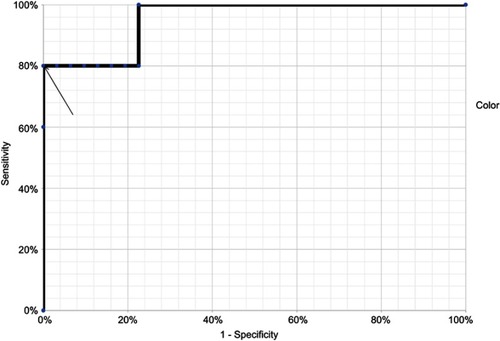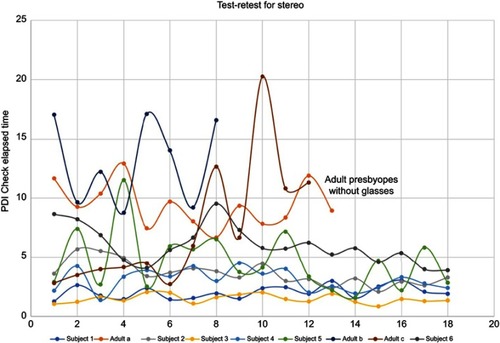Figures & data
Table 1 Regression curves to relate linear PDI Check values with corresponding conventional tests of the near visual functions with R-squared goodness of fit, and associated validation statistics from the ideal portion of the receiver operating characteristics curves
Figure 1 Relationship between near monocular acuity measured with barrier screen–monocular acuity on the Nintendo® 3DS™ game PDI Check (abscissa) and the patched Rosenbaum near card (ordinate).
Note: The arrow indicates chosen referral criteria from the receiver operating characteristics curve in .
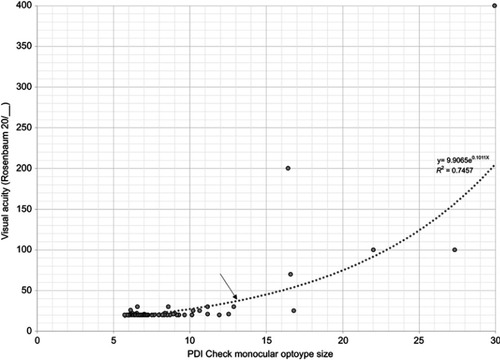
Figure 2 Relationship between autostereoscopic screen, dynamic stereo game on the Nintendo® 3DS™ (abscissa) and Stereo Fly circles stereopsis in arc seconds (ordinate). Note: The arrow indicates chosen referral criteria from the receiver operating characteristics curve in .
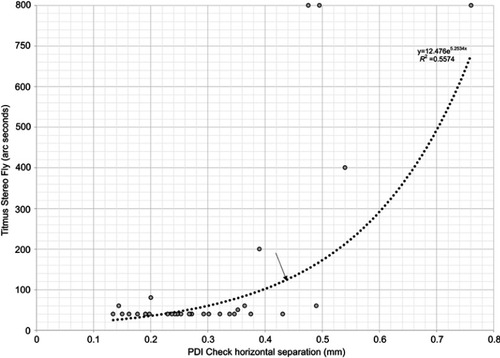
Figure 3 Relationship between dynamic deutanopic confusion axis color game on the Nintendo® 3DS™ (abscissa) and Ishihara’s concise color test missed plates (ordinate). Note: The arrow indicates chosen referral criteria from the receiver operating characteristics curve in .
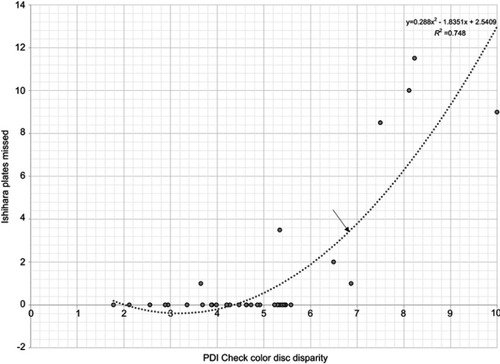
Figure 4 Receiver operating characteristics curve for near monocular visual acuity with the PDI Check game compared to Rosenbaum pocket visual acuity with non-tested eye patched.
Note: Arrow indicates the selected referral criteria.
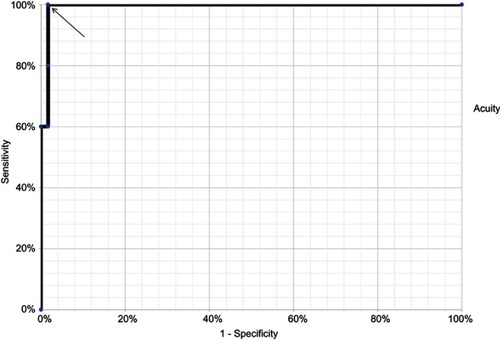
Figure 5 Receiver operating characteristics curve for stereopsis with the PDI Check game compared to Titmus Stereo Fly circle with polarized goggles.


